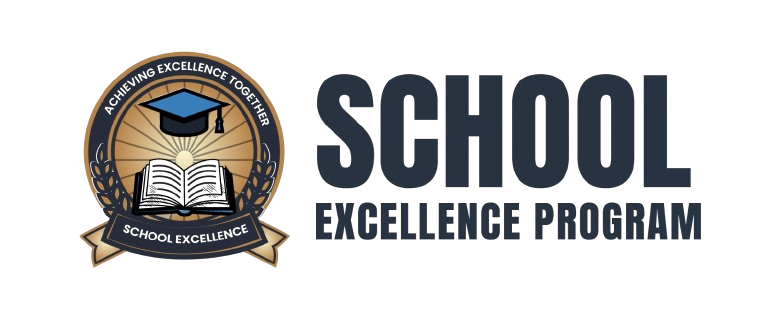From Vision to Victory: How Strategic School Planning Shapes Future-Ready Institutions
In today’s fast-changing world, schools must do more than deliver academic content—they must prepare students for a future that demands critical thinking, adaptability, innovation, and emotional intelligence. This transformation doesn’t happen by chance. It begins with a well-defined vision and unfolds through strategic school planning that aligns every decision with long-term goals.
The Power of a Vision
A strong vision sets the foundation for school excellence. It answers critical questions: What kind of learners are we shaping? What values do we stand for? What kind of impact do we aim to make on our community? A clear vision gives direction, motivates staff, and communicates purpose to all stakeholders—students, parents, teachers, and the broader community.
However, vision without execution is just wishful thinking. That’s where strategic planning steps in.
Strategic Planning: The Engine of Progress
Strategic planning in schools is not just about ticking boxes or producing policy documents. It’s about making thoughtful, data-driven decisions that serve the school’s mission. It involves identifying priorities, setting realistic goals, measuring performance, and continuously evolving to meet new demands.
Whether it’s improving student outcomes, increasing teacher retention, or integrating technology into classrooms, strategic planning helps schools take proactive steps instead of reacting to problems as they arise.
Building Future-Ready Institutions
Strategic planning ensures schools are not just maintaining standards but rising above them. Here’s how:
- Improved Resource Allocation – Planning helps schools channel time, money, and manpower efficiently. From hiring to curriculum development, every decision is optimized.
- Curriculum Innovation – Institutions can build a curriculum that nurtures 21st-century skills like problem-solving, creativity, and digital literacy.
- Professional Development – A strategy ensures regular training for teachers, keeping them motivated and up-to-date with modern teaching methods.
- Stakeholder Engagement – Strategic planning fosters transparent communication with parents, students, and regulatory bodies.
- Resilience and Adaptability – With a plan in place, schools can pivot quickly during crises, as seen during the COVID-19 pandemic.
The Role of the School Excellence Program
The School Excellence Program empowers educational institutions to move from vision to victory. It offers structured guidance in developing academic calendars, ERP systems, student and parent engagement plans, teacher training modules, and performance tracking systems.
By aligning every operational and academic aspect of a school with its vision, the program nurtures sustainable growth. Schools become more self-aware, data-driven, and student-centric—traits that define truly excellent institutions.
In Conclusion
Strategic planning is not an administrative task—it is the heartbeat of a school’s progress. When guided by vision and supported by structured programs like the School Excellence Program, it transforms institutions from good to great. Future-ready schools don’t just evolve—they lead.
Let your school’s future be shaped by intentional strategy, not circumstance.

